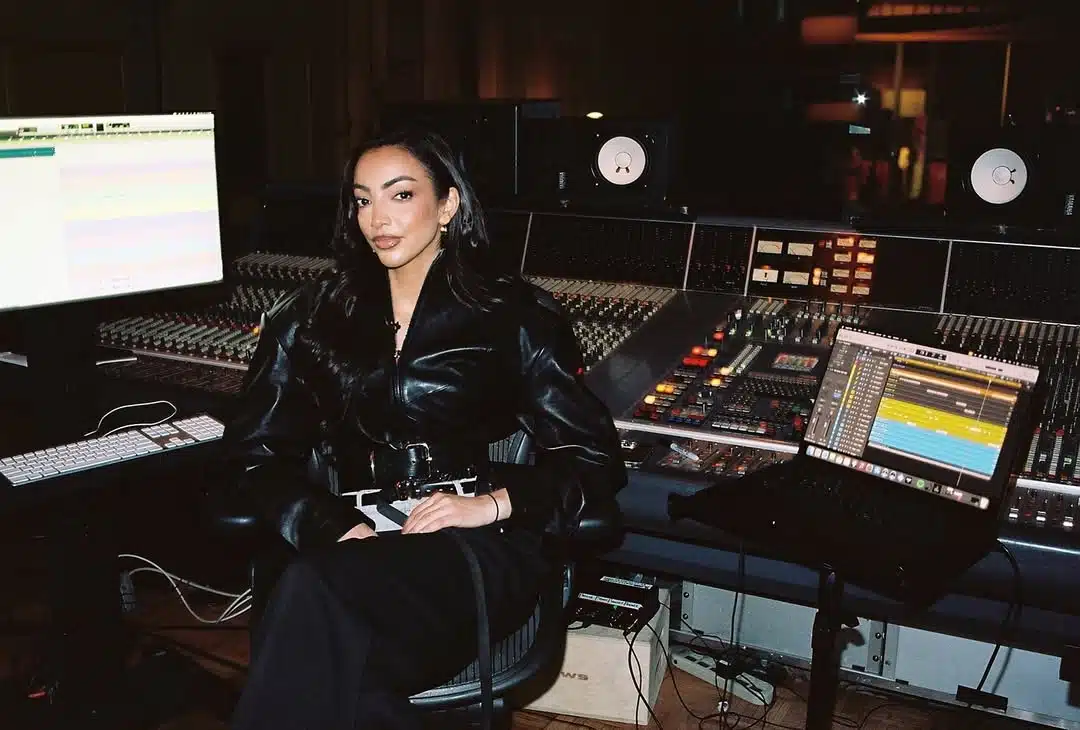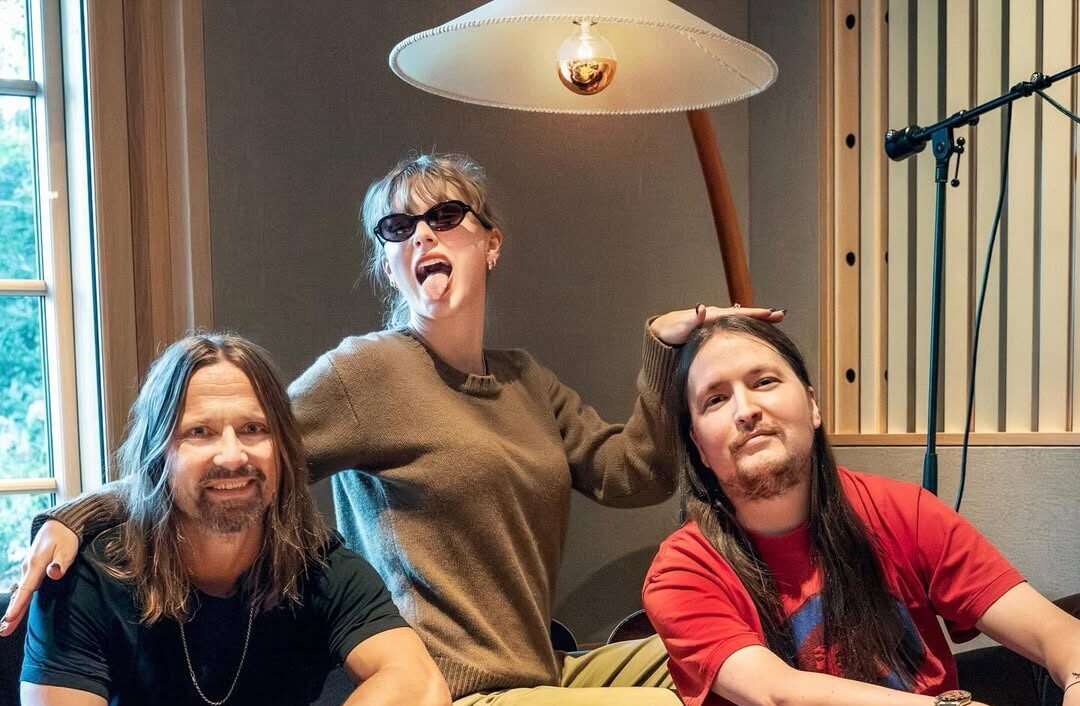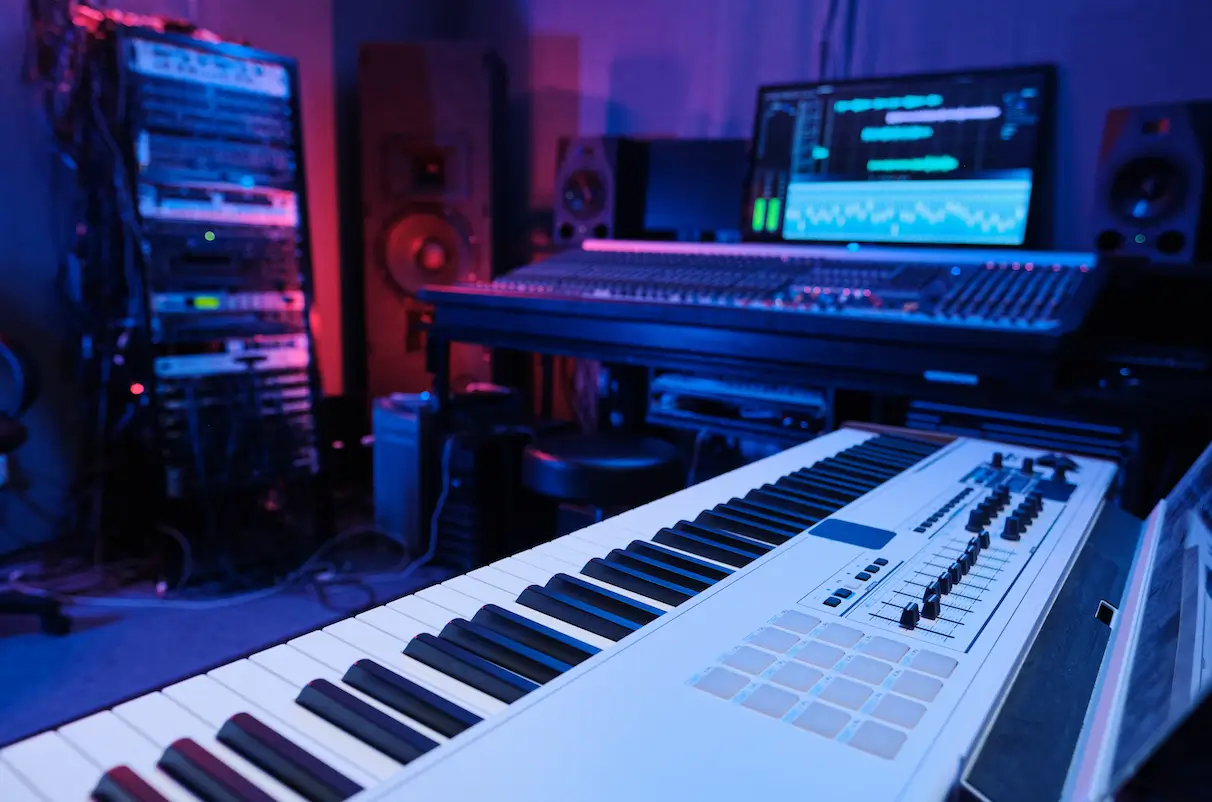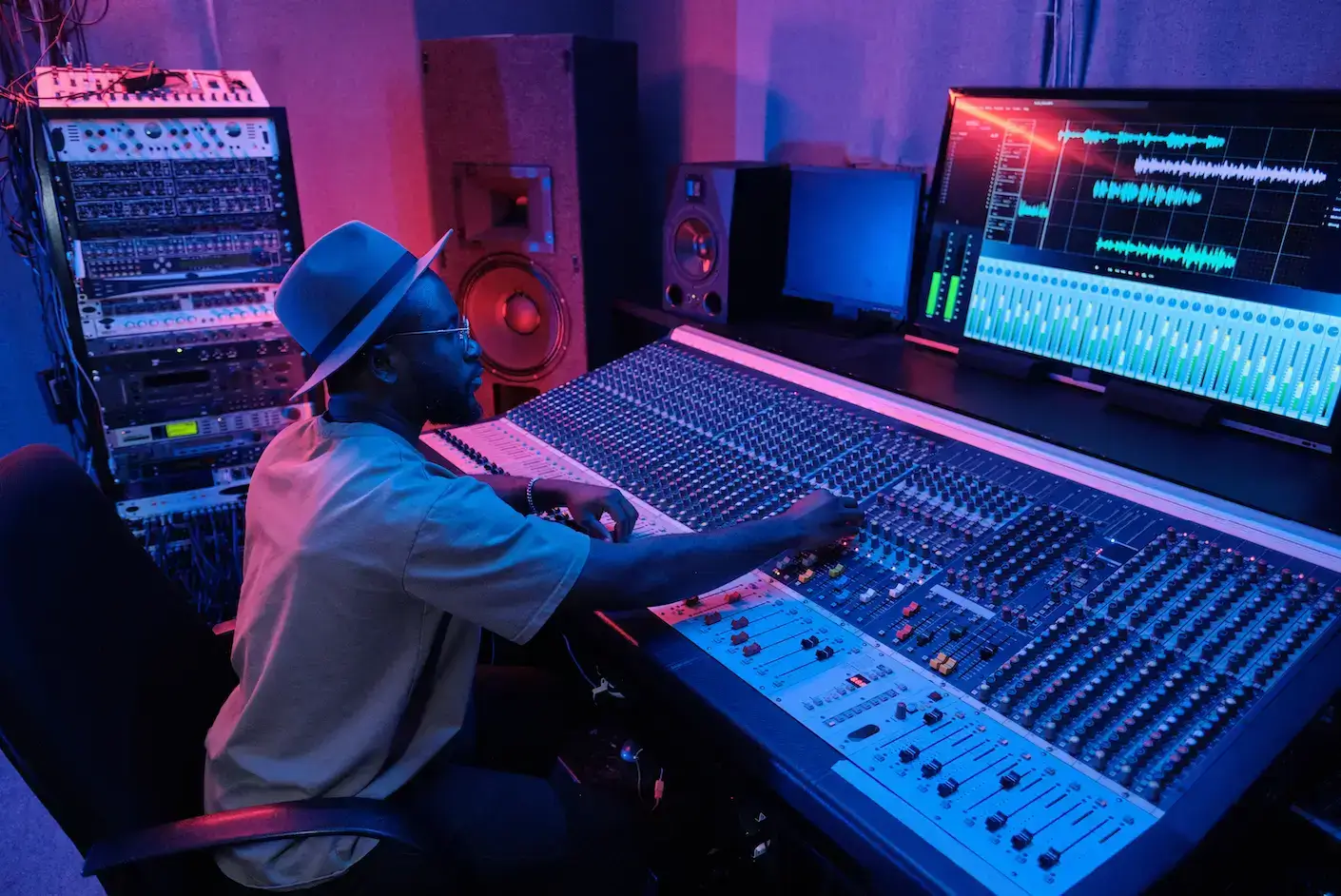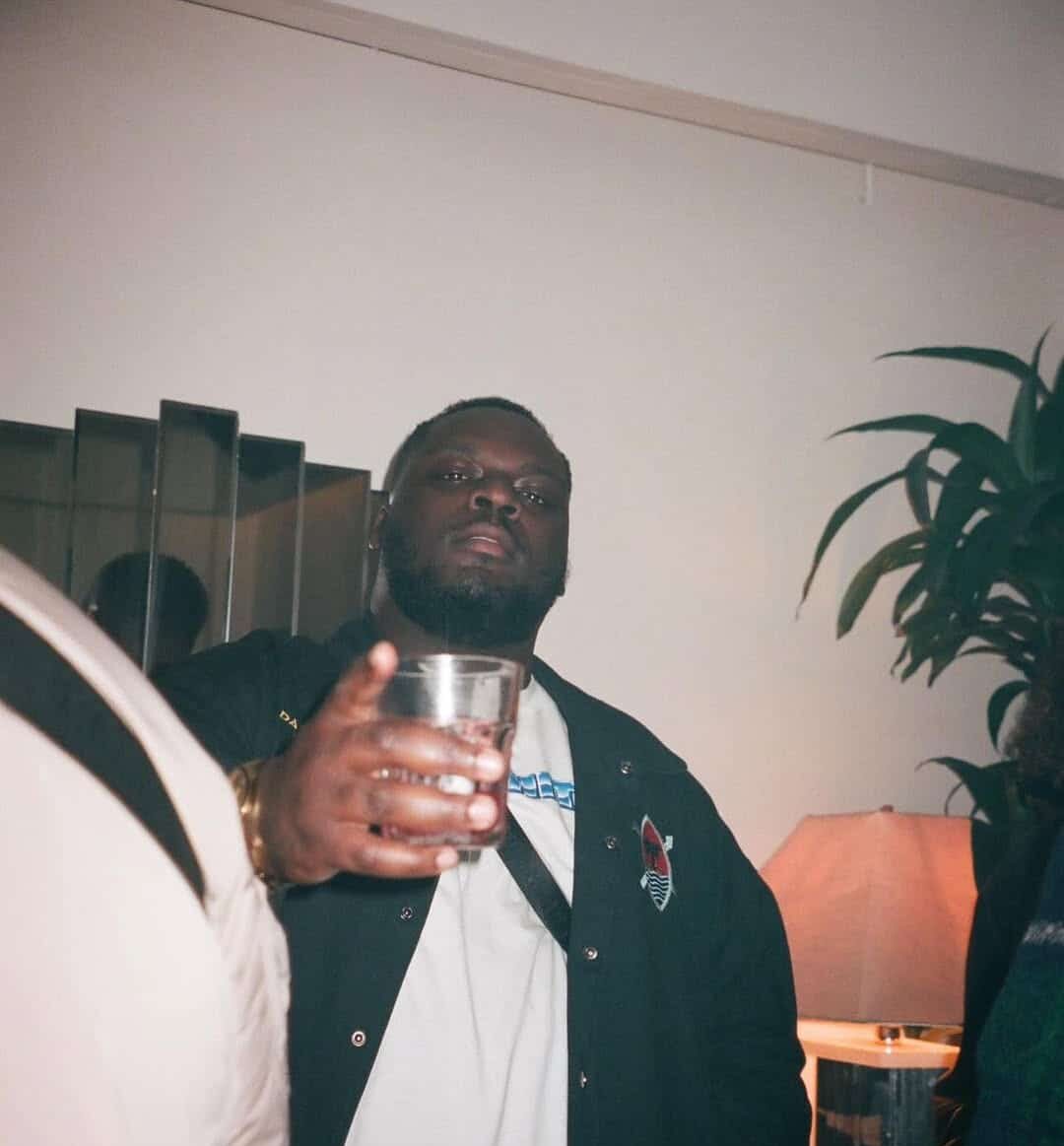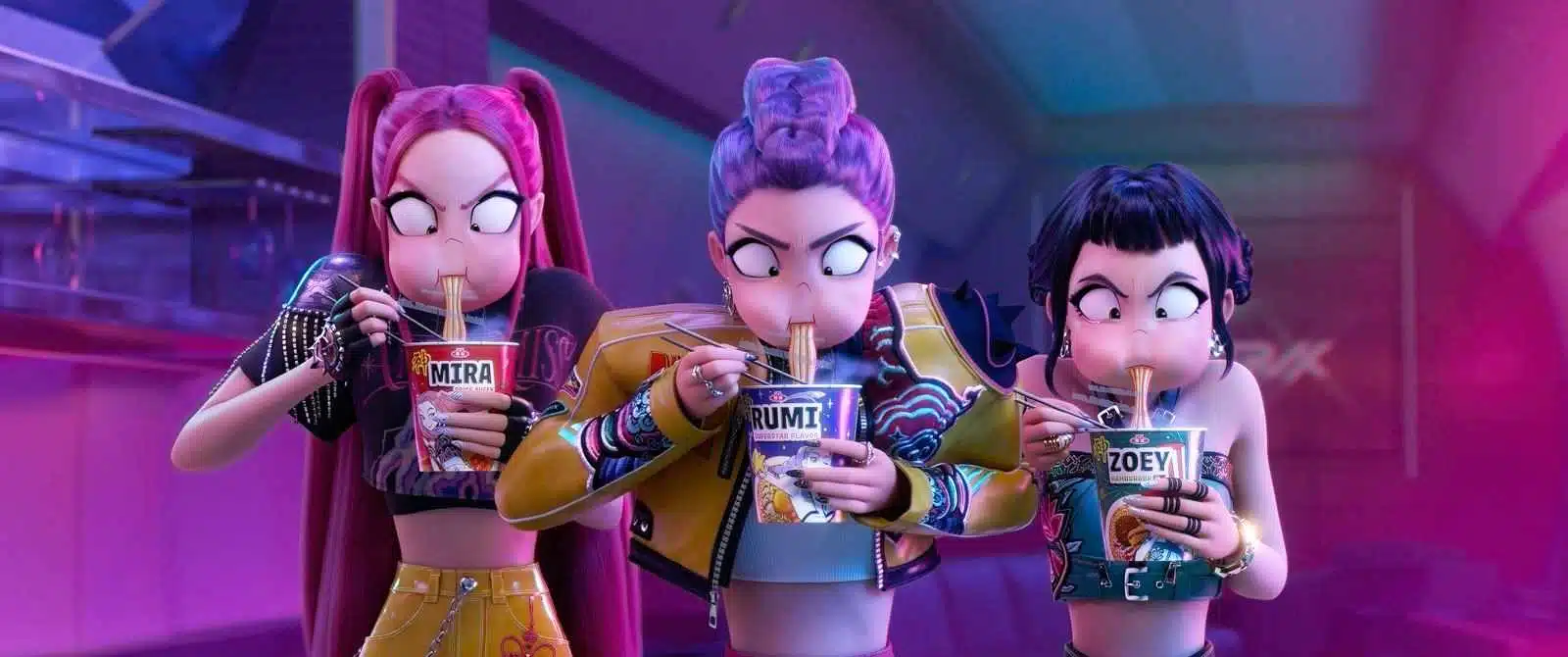Have you heard Kendrick Lamar’s “Not Like Us”? If so, then you’re familiar with DJ Mustard’s work. While few producers are known by name, if you want to be part of the music industry, it’s important to study the people behind your favorite tracks.
@juventus Don’t ask again 💀 #mustard #kendricklamar #tvoff #rap #meme #juventus
Who Is DJ Mustard?
View this post on Instagram
Hip-hop and pop producer Dijon Isiah McFarlane was born in Los Angeles to Jamaican parents. His father was deported when he was young, and his uncle, DJ Tee, became a father figure to him. Dijon credits his uncle for helping him get his start as a DJ at just 11 years old.
DJ Mustard has worked with many of the music industry’s biggest names. His frequent collaborators include YG, Ty Dolla Sign, and Roddy Rich. Even prior to “Not Like Us,” his repertoire included chart-toppers like Rihanna’s “Needed Me,” Ella Mai’s “Boo’d Up,” and 2 Chainz’s “I’m Different.”
How to Make Beats Like DJ Mustard
1 Focus on the drums
The first step to making a DJ Mustard-type beat is to focus on the drums. A strong drum pattern is arguably the most important part of any hip-hop song, and DJ Mustard’s productions are no exception. When you’re building the base of your song, use an 808. Create a pattern with an intense kick and use swings and stutters to make your kick sound more “human.” Add in a simple hi-hat pattern and experiment with elements like a distorted bass. Lastly, test out any strange sounds you feel drawn to, whether that be “alien noises” or the sound of you adjusting in your chair.
2 Use samples to reinvent familiar sounds
If you’re lucky enough to be able to clear samples, it’s a huge leg up. Incorporating beloved classics will connect people to your music, even if they don’t realize why. You can manipulate these as you please.
This tutorial analyzes many of Mustard’s greatest hits:
“If you listen to all my songs on the radio the first verse is always gonna be the same as the second verse. The 2nd hook is gonna always be the same as the first hook.”
3 Create a Simple and Catchy Melody
Once you have a drum pattern you feel good about, try crafting a piano melody. Create something that feels simple and catchy. Three to five notes is sufficient. The best way to test if you’ve made something “catchy?” It’s quite simple. Walk away from your screen for a few hours and see if the melody you’ve created is still playing in your head.
Leave Room For the Artist
If you’re making a rap song, piano can serve as the main melodic element. If you are producing for a singer, be sure to leave room for vocals to be the most prominent melodic element. One way to avoid a crowded track is to keep the verses and choruses the same.
Mustard points out, “If you listen to all my songs on the radio the first verse is always gonna be the same as the second verse. The 2nd hook is gonna always be the same as the first hook.” Try sticking to these simple guidelines as a starting point; a minimal verse, a layered hook, a bridge that feels like a climax.
Thirty to sixty minutes for one beat?! The moral of the story is; keep it simple! If you are the artist, don’t hesitate to remove elements of your beat after you record vocals.
4 Add Embellishments
Okay, here’s the thing: just because someone is great at making beats doesn’t mean they’re great at explaining how they do it. So just in case you didn’t get much from that video, here are a few more tips to get you started:
-
- Incorporate vocal chops into your beat.
- Experiment with moody or atmospheric sounds found in other genres. Mixing genres is a great shortcut to creating something new.
- Download free synths and play around until one makes you feel something.
“What would Dr Dre do if Lil John was in the studio and they was collaborating?”
5 Give Yourself A Prompt
Famous producers also get inspiration from those who came before them. “What would Dr Dre do if Lil John was in the studio and they was collaborating?” This question was the key to DJ Mustard creating “Not Like Us.” So, think of the producers that inspire you and try to get to the bottom of why you love them. For example, what would it sound like if Leon Thomas and Pharrell collaborated?
If you don’t know where to start, prompts can serve as a great starting point. They’ll help you create something new without having to start from scratch.
It’s good to study your favorite producers while you work on finetuning your sound. But, remember that they already exist. Use this guide to making a DJ Mustard-type beat as a starting point, but don’t let mastering his sound be your final destination. Make something original!

